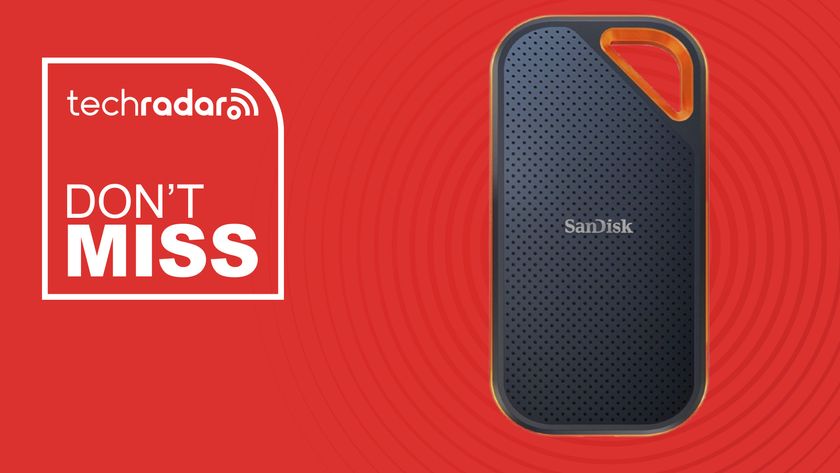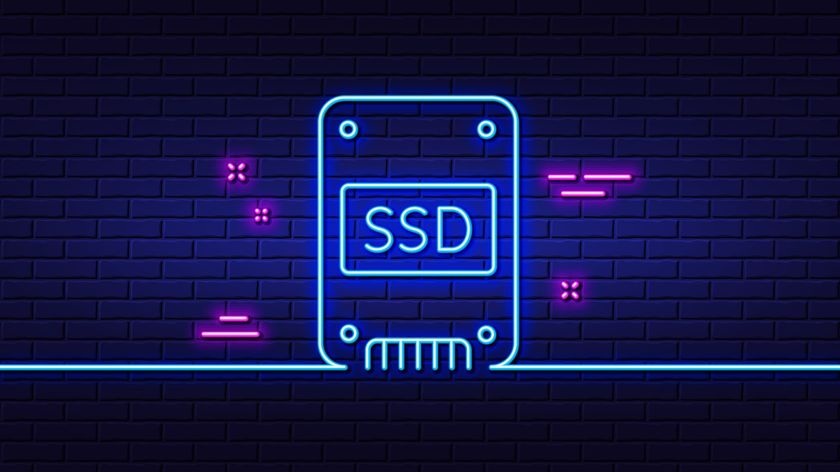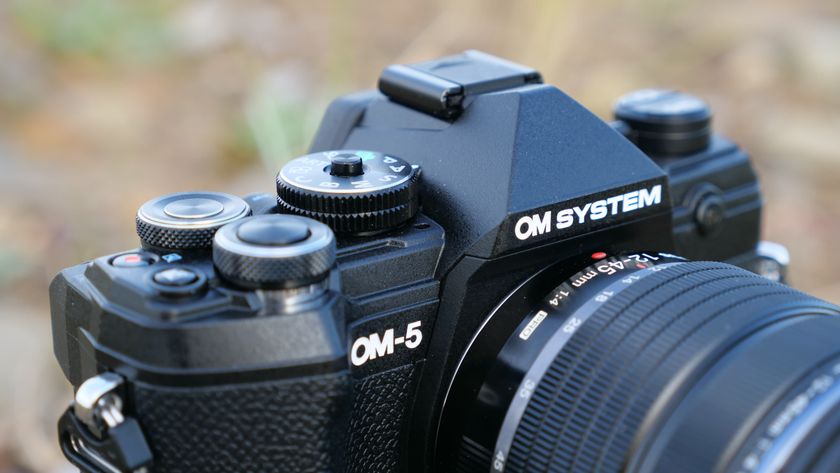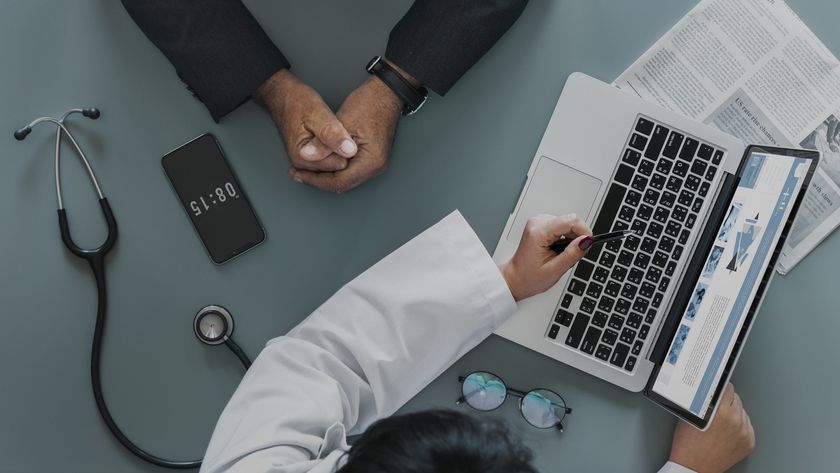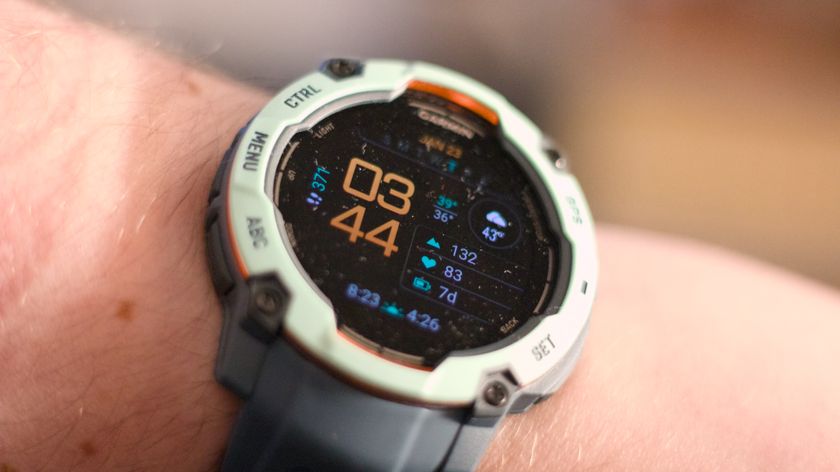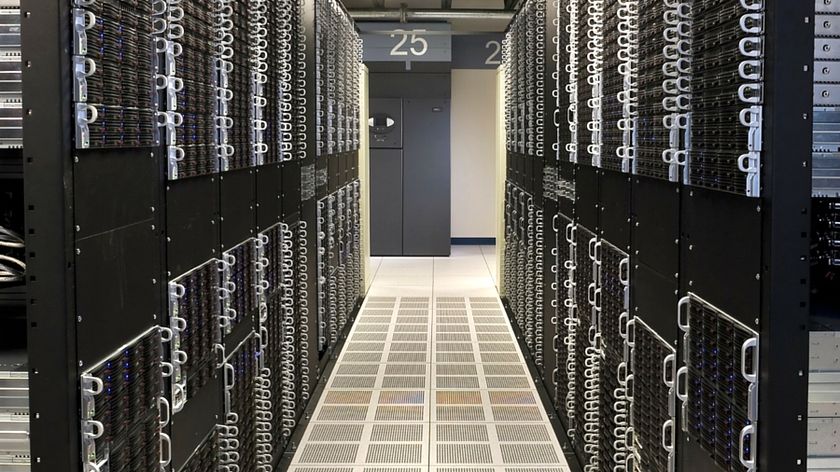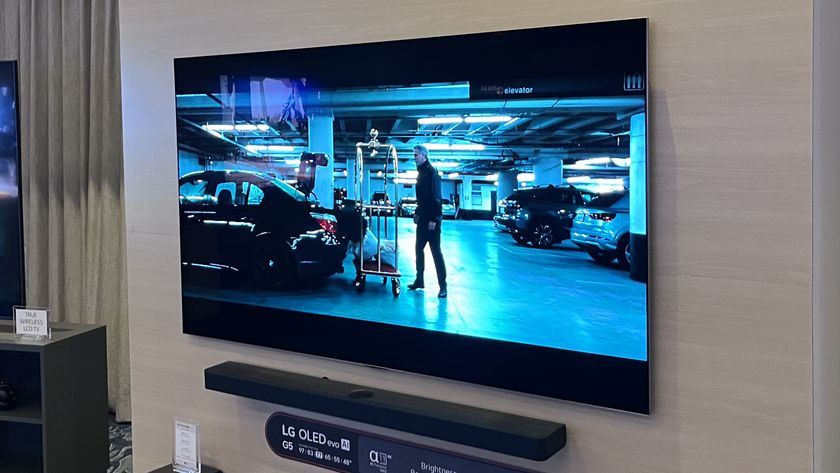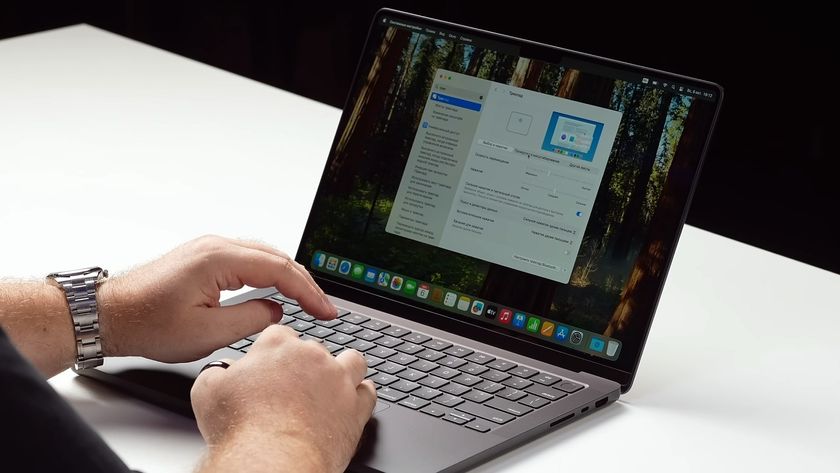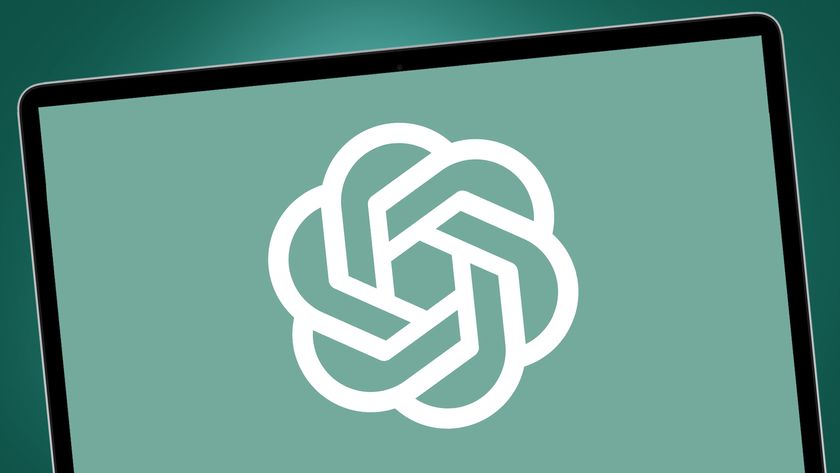There are three main options for offline storage. First, you can back up the data onto another computer, ideally in a different building. For individuals and small companies this process will probably be carried out across the internet, and a number of companies are now offering this sort of service.
Second, you can write the data to an external storage device such as a USB-attached hard disk. Third, you can make the backup with an internal storage device that uses removable media. A classic example is the CD or DVD writer.
It's important to recognise, though, that if you intend to schedule automatic backups, a device employing removable media might not be appropriate. If the amount of data to be backed up was greater than the capacity of the media, it would be necessary to change media during the backup, making it impossible to complete the operation.
There's no point in using an external disk drive or removable storage media if that external drive is always connected to the PC or the removable media is always left in the drive. In this case, if anything happens to the PC, that fate will probably also befall the backup. So, as soon as practical after the backup is complete, the storage media should be separated from the PC and ideally put somewhere safe from theft or damage.
For a small business, an employee could take the media home with them at the end of the day. For a home user, a fireproof safe would be a beneficial investment. It's also worthwhile giving some thought to a backup strategy – an example will show why it's necessary. Suppose you decide to back up to some form of optical disk but your back-up software doesn't have multisession support – so the disk has to be erased before it can be reused each time.
However, on one occasion, having erased the previous backup from the optical disk, you suffer a hard disk crash before you can make a new backup. This is an extreme case, but it's never a good idea to have your primary data storage medium and your only backup in your PC at the same time – because electrical glitches or lightning strikes could destroy both.
The most common strategy to overcome this problem is to alternate between two sets of back-up media. This does result in an escalation of the cost of backup – especially if you've chosen to use a removable disk as your back-up media – so you'll need to weigh the cost against the additional benefit.
Get daily insight, inspiration and deals in your inbox
Sign up for breaking news, reviews, opinion, top tech deals, and more.
It's a sad fact, though, that 100 per cent security is unachievable, so bear this in mind when deciding how much you're willing to pay.
------------------------------------------------------------------------------------------------------
